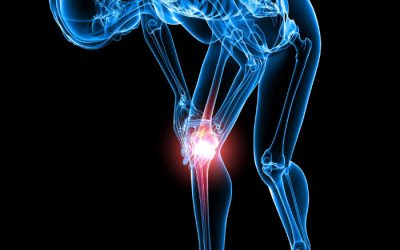The question of the accuracy of DNA testing to determine ancestry is not as simple as it may appear. As a whole, most individuals have about 99% similar genetic makeup, and it is only about 0.1% difference that makes us unique from others.
This key 0.1% difference is what ancestry DNA testing services skim through to find. These differences or variations are known as single nucleotide polymorphisms or SNPs. These are the genetic markers that identify different groups of people from around the world and provide information on our ancestors, health, and even predict the likelihood of developing diseases or conditions.
Choosing the Correct Test
Each ancestry DNA service uses at their own reference database. As more people from around the work use the service, the information contained in the data grows, allowing greater accuracy in the information the service uses to prepare reports.
Keep in mind, most people have approximately 20,000 different genes located on the 23 pairs of chromosomes in the body. The chromosomes are comprised of about 3 billion bases, which are chemical molecules. There are four types of bases, and how they combine provides us with the information of the genetic materials passed down by our parents.
The Accuracy of Testing
There is a lot that is yet to learn about DNA testing and the importance of specific SNPs as genetic markers. Over time and with more data, companies offering these services are able to provide greater accuracy and more detail. Using raw DNA data uploaded to multiple testing sites offers the potential for increased accuracy across different reference data sets from around the world.


